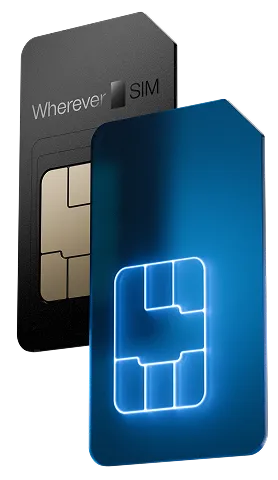Wireless M2M communication
Wireless means that something is used without the use of a cable. Well-known examples are remote controls and home Wi-Fi.
This term is also frequently used in the context of M2M communication. Depending on the application, the machines or devices that communicate with each other - i.e. exchange data - are located in more or less accessible locations. Accordingly, it can be complicated and very expensive to lay and use cables for data transmission. For this reason, wireless transmission options are being sought.
Mobile radio for wireless data transmission for M2M applications
One way of wirelessly transmitting data from IoT and M2M devices is mobile radio. The advantage is that this technology is established, standardized and the infrastructure is available almost everywhere. And not just in Germany, but all over the world. This nationwide availability is particularly relevant for applications or devices that are constantly on the move.
However, not all mobile communications are the same. A survey by the Federal Network Agency has shown that only one of the major network operators' 4G standard mobile networks is available in around 7.2 percent of Germany as a whole. This increases the risk of connection interruptions and failures in these areas. If, for example, sensitive health data needs to be transmitted quickly, this becomes dangerous.
The Federal Network Agency's study demonstrates the relevance of corresponding M2M SIMs for IoT and M2M projects. This is because they can use not just one network, but the mobile networks of different network operators instead. Suitable SIM cards for wireless and wireless communication between machines are available from wherever SIM. Our M2M SIM cards also enable IoT devices to connect to the strongest network at a location, regardless of a specific network provider. So it is not the network provider that counts, but only the available network strength.

